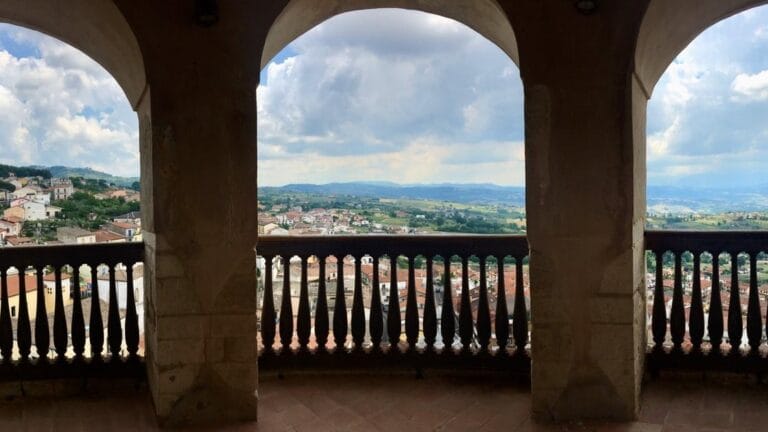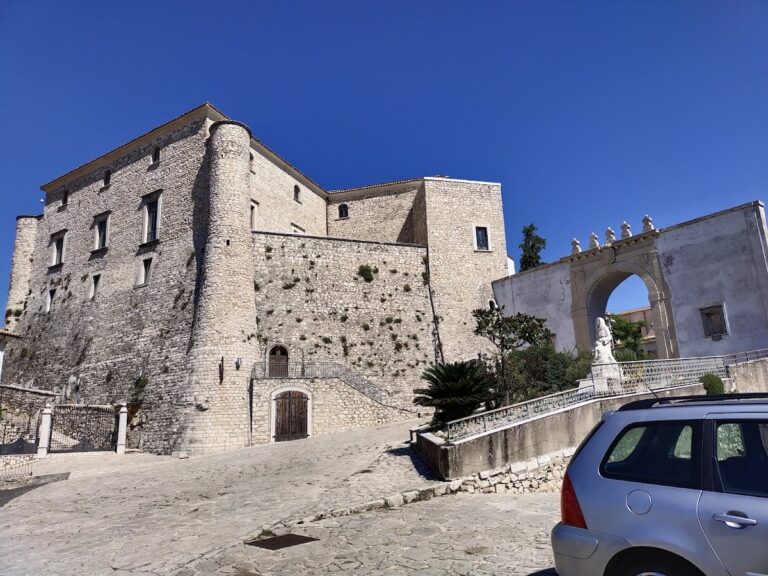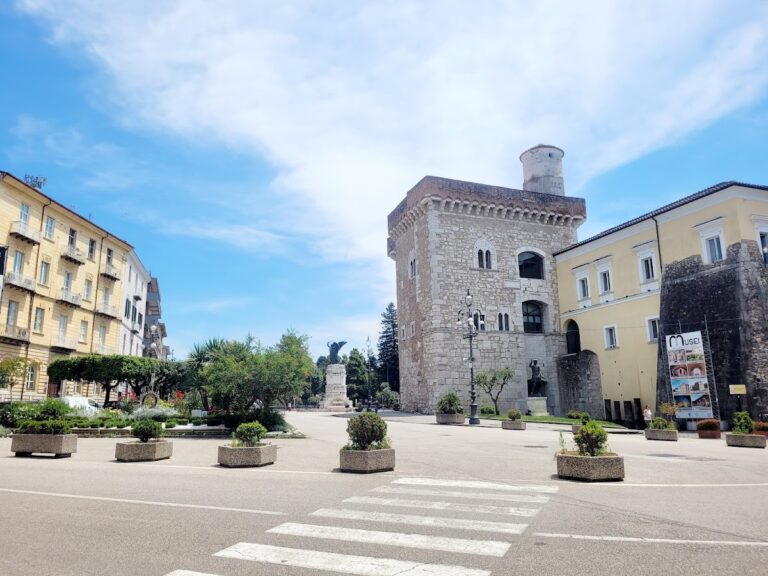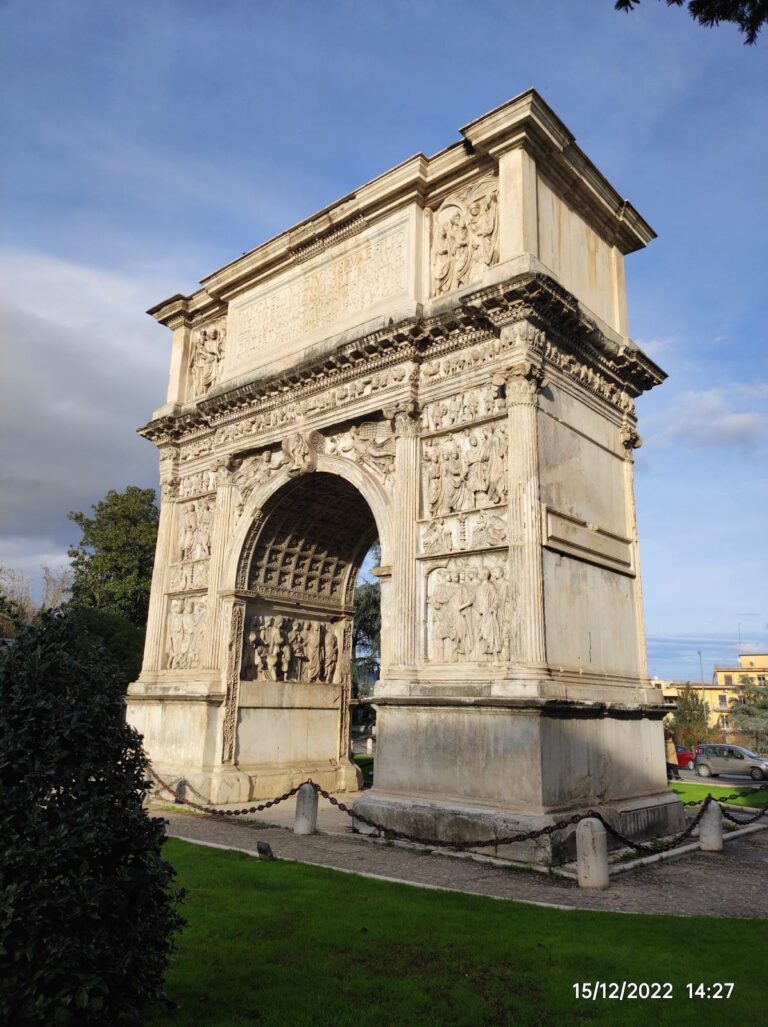Ariano Irpino Norman Castle: A Historic Fortress in Italy
Visitor Information
Google Rating: 4.5
Popularity: Low
Google Maps: View on Google Maps
Country: Italy
Civilization: Unclassified
Remains: Military
History
Ariano Irpino Norman Castle is a fortress ruin situated on a hilltop in the town of Ariano Irpino, Italy. Its origins trace to the early medieval period, with initial construction likely occurring in the 7th or 8th century by Lombard builders. Positioned strategically above a key mountain pass in the Campanian Apennines, the castle oversaw important river valleys, serving a purpose beyond mere city defense.
Early historical records from 892 confirm the castle’s presence during Lombard rule, when it stood as a military stronghold designed to resist Byzantine incursions rather than defend the urban area directly. The city itself was protected by walls with nine gates, overseen by a dedicated city watchman, while the fortress allowed defenders to endure extended sieges and delay enemy advances.
In the 12th century, the Normans undertook substantial restoration and enlargement of the fortress. During this time, King Roger II is believed to have convened the Assizes of Ariano there in 1140, an important legal assembly. The castle’s importance was demonstrated again in 1255 when Saracen forces from Lucera captured Ariano through betrayal, damaging the stronghold severely.
Following this event, King Charles I of Anjou commissioned rebuilding work in 1266. The castle later hosted King Louis I of Anjou in the 14th century, who stayed there for several months. The 15th century brought further expansion under King Ferdinand I of Aragon, introducing distinctive architectural elements characteristic of the Aragonese style while preserving the structure’s medieval character.
The final known modifications were made in 1537, supervised by Duke Ferrante I Gonzaga. The fortress remained in military use during the Italian Wars in the 16th century but was subsequently abandoned. A series of earthquakes between the late 17th and early 18th centuries led to the collapse of the central keep, though parts of the towers and foundations endured.
By the late 1800s, the castle grounds were transformed into a public park known as the Villa Comunale. In the early 2000s, restoration efforts aimed to preserve the historic ruins. Between 2009 and 2023, the site housed a museum dedicated to Norman civilization before the collection was relocated within the town.
Remains
The castle’s layout forms an almost trapezoidal enclosure with four large towers anchoring each corner. These corner towers vary in diameter from 13 to 16 meters and contain multiple interior rooms that become smaller from the base upward. The outer walls, originally supported by buttresses now buried, vary in length with the north and south sides measuring roughly 40 and 56 meters, and the longer east and west sides extending about 72 and 81 meters. The main entrance was situated on the east side, originally featuring an external drawbridge that lent a monumental aspect to the approach.
At the core of the upper castle once stood a substantial rectangular keep known as the Torre Grande, constructed during the Norman period in the 12th century. Historical accounts from 1585 describe this tower as accessible solely by a bridge and arranged internally with two main rooms, which were later supplemented by two smaller adjacent chambers. The keep was accompanied by a courtyard and equipped with a cistern to store water, enabling it to support prolonged defensive situations. Today, only the ruins of this keep survive.
Archaeological excavations conducted from the late 20th century into the early 21st uncovered a rich assemblage of ceramic fragments including local majolica ware—decorated pottery forms such as amphorae, jugs, and bowls—dating back to at least the early 14th century. These finds attest to Ariano Irpino’s role as a significant center of ceramic production. Other discoveries include rare tools used for refining sugar, along with related artifacts from the 13th to 15th centuries, highlighting the prevalence of sugar consumption within the inland regions under Angevin control. Numerous medieval coins minted between the late 13th and early 16th centuries were also recovered throughout the site’s surveys.
Though substantial sections of the curtain walls and the keep have fallen, four large bastions remain well preserved. These surviving towers and associated foundational structures provide a vivid glimpse into the fortress’s various phases, reflecting centuries of military adaptation and architectural evolution from its early medieval origins through Norman, Angevin, and Aragonese interventions.










